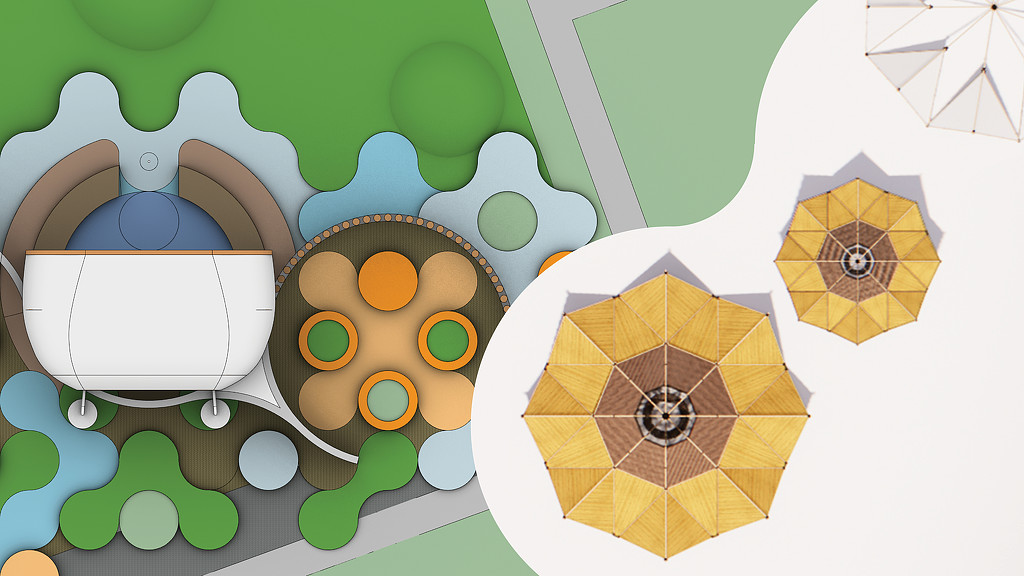How can we mitigate the worst effects of extreme heat in at-risk communities?
Research Project Name
Sustainable Shade Structures
What We Did
Extreme heat is the most fatal of all extreme weather events in the United States — and it disproportionately effects those living in BIPOC (Black, Indigenous, and People of Color) communities. These inequitable impacts stem from a long history of redlining and other forms of systemic disinvestment in areas where people of color live, resulting in land surface temperatures that are comparatively higher than adjacent non-redlined areas. To help achieve solutions to these challenges, our research focused on creating actionable steps to offset climate injustice in at-risk neighborhoods, including the development of processes, proofs of concept, and implementation.
We conducted our research in two pilot areas — Austin, Texas, and San José, Costa Rica—through engagements with a diverse group of stakeholders, from residents and local nonprofits to developers and city officials. The primary focus of these sessions was to share ideas for built environment interventions to address issues of extreme heat in their communities. But also for solving other community needs identified through the sessions and prior research. We incorporated this feedback into our design process at every step — returning to these stakeholders to validate that our work continued to serve their needs and to advise against potential pitfalls. We used parametric mapping to create an adaptable shade structure in each location.
Learn More
Team
Amanda Stone, Ana Thomas, Travis Albrecht, Ana Kurzan, Mallory Taub, Robin Klehr Avia, Paula Badilla, Carlos Miguel Enriquez, Elena Badilla, Jorge Barzuna, Ximena Alayo-Reyes, Islay Burgess
Year Completed
2023
Comments or ideas for further questions we should investigate?
